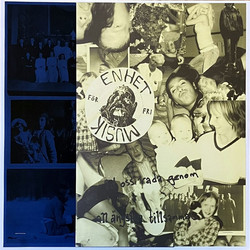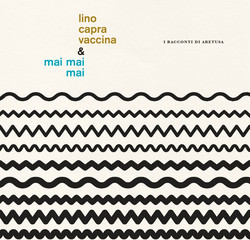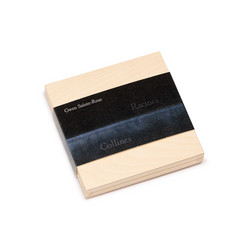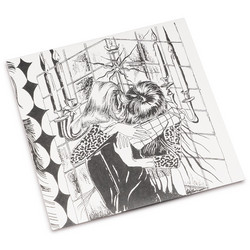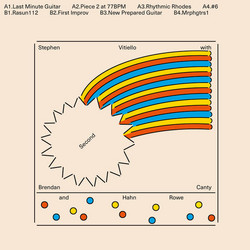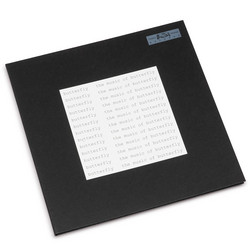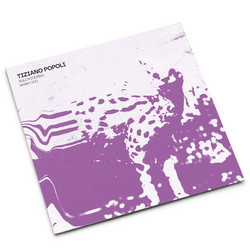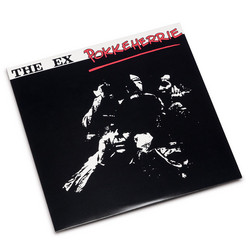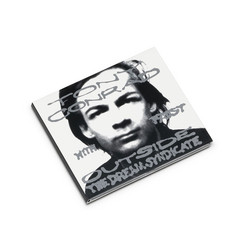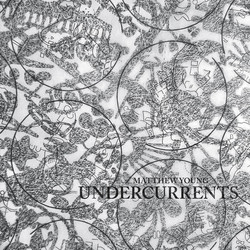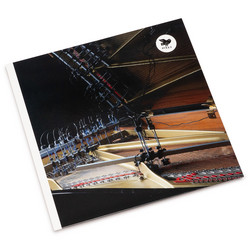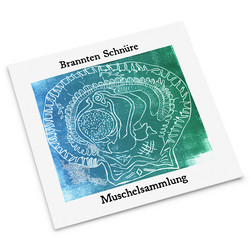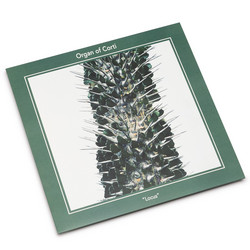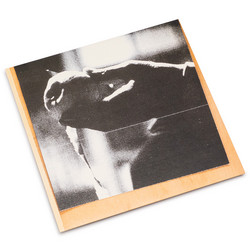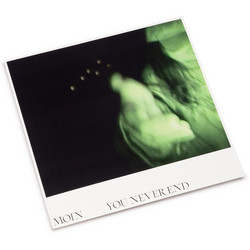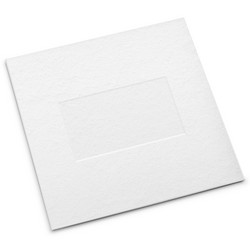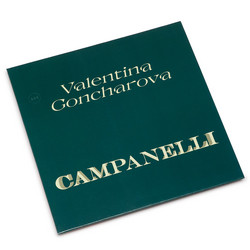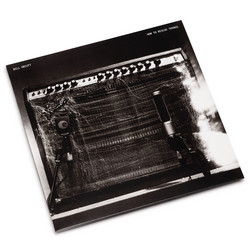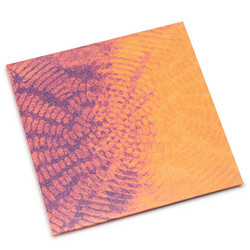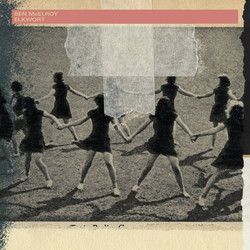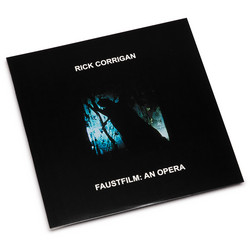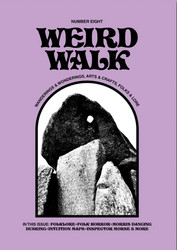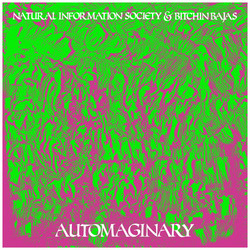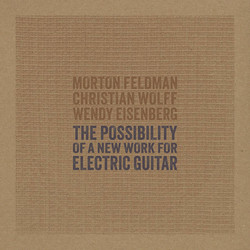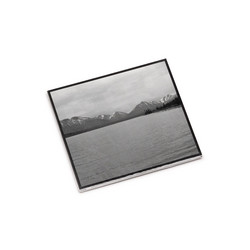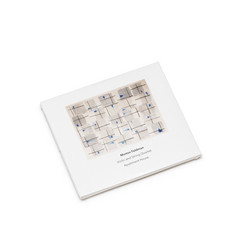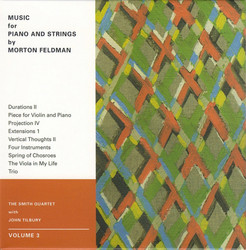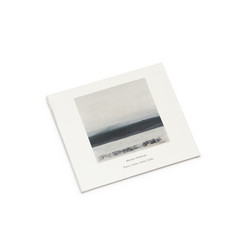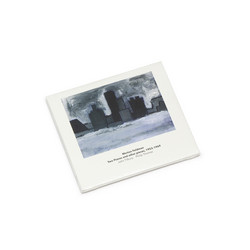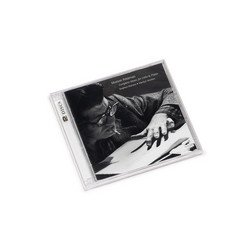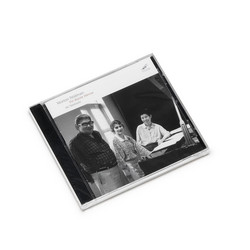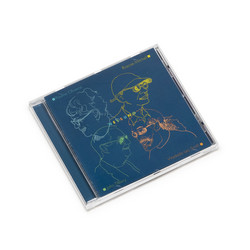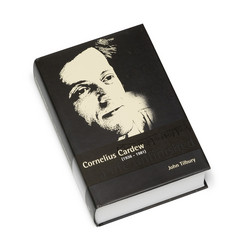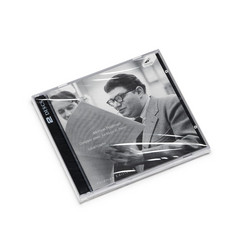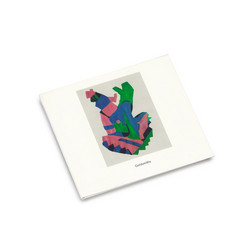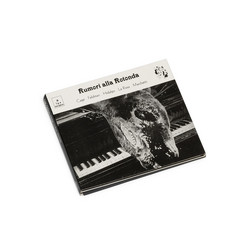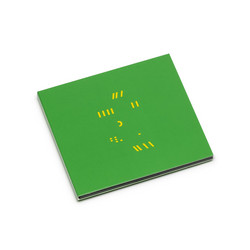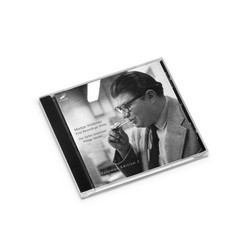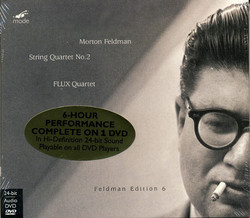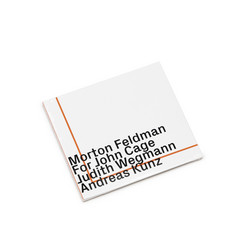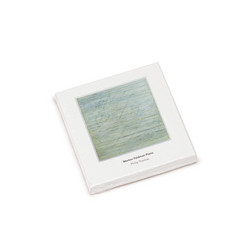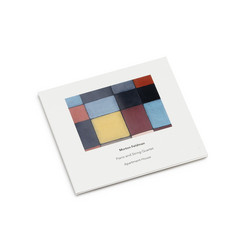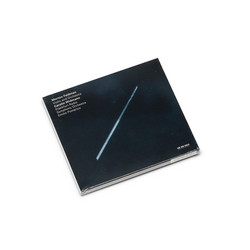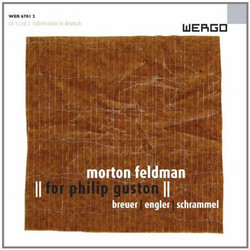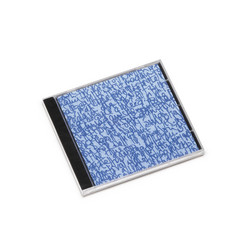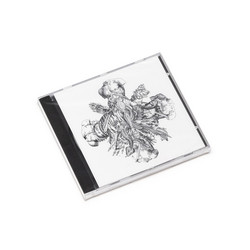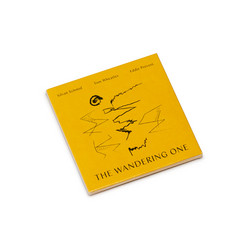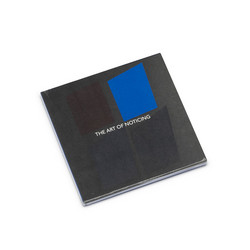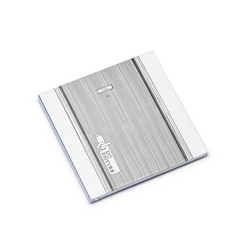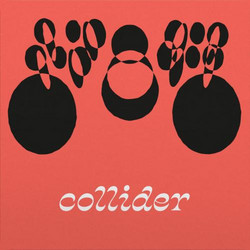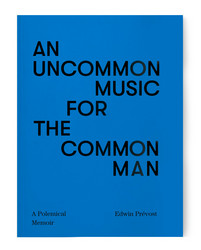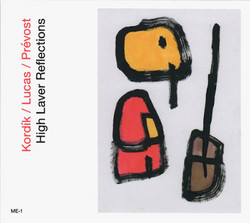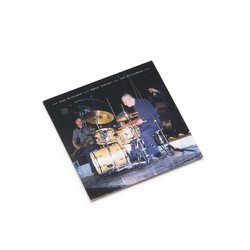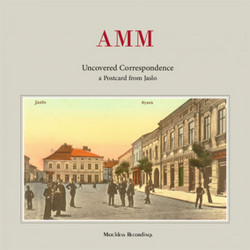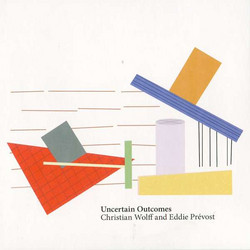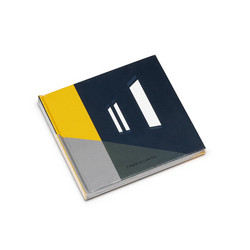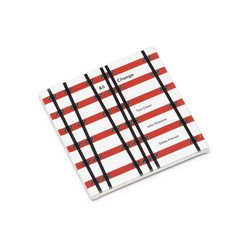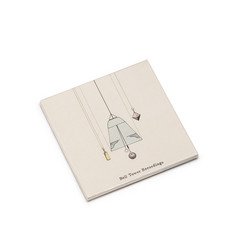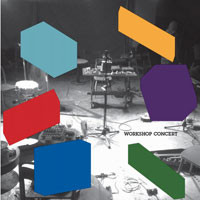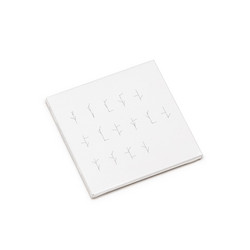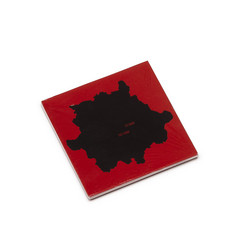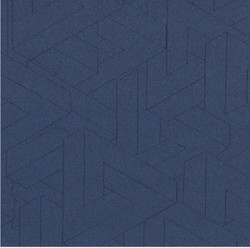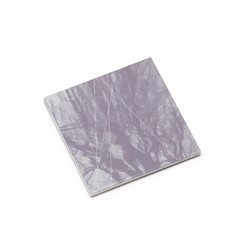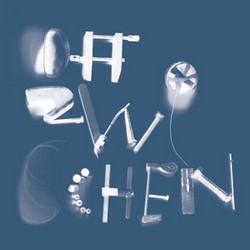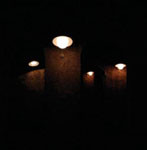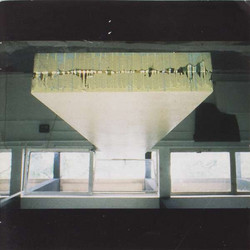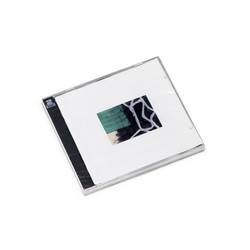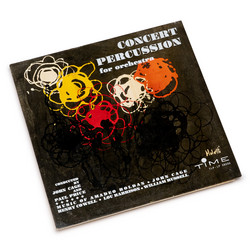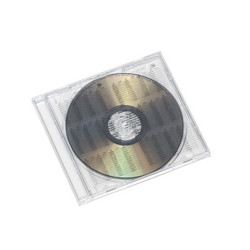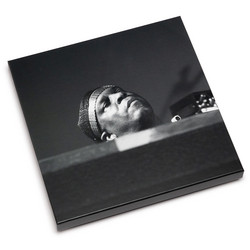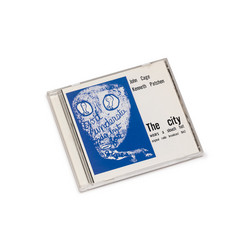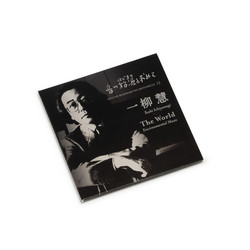John Tilbury, Morton Feldman, The Smith Quartet
Music for Piano and Strings by Morton Feldman. Volume 2
The 2nd volume of "Music for Piano and Strings" by Morton Feldman is performed by The Smith Quartet with John Tilbury, presenting "Patterns In a Chromatic Field", and "Piano, violin, Viola, Cello", on DVD audio to allow for the length of these large works
Several lifetimes ago, when I was nineteen, I was interviewed by Wilfrid Mellers for a place at York University. That I failed to win a place may have been due in part to the confinement of our discussions to the music of Morton Feldman. Wilfrid (a friend of Feldman's and, in later years, a friend of mine) saw Debussy as a powerful influence. My own view was that Feldman's music was much closer to the cool jazz of the Forties and Fifties. My guess is that Feldman would have supported Wilfrid's argument and been dismissive of mine.
Well, my crazy notion won a new lease of life recently when I read John Fordham's Guardian obituary of George Russell, jazz drummer, composer and theoretician, who not only had worked with Miles Davis and Gerry Mulligan but had studied with Stefan Wolpe, Feldman's teacher at the same time. One wonders whether Russell and Feldman knew each other. Russell published The Lydian Chromatic Concept of Tonal Organisation in 1953 and I strongly suspect that this Lydian concept is not a million miles (no pun intended!) from Feldman's harmony which remains powerfully, uncompromisingly ineffable.
One senses a connection to jazz in Feldman's subtly emotive chords. And beyond that, in the music's "touch" and "swing". The touch is in the minimising of attack (Baroque bows are used on this recording). The swing is in the rhythmic dislocation, a feature from the beginning but pursued most exhaustively in the long works of the last years, For John Cage being a prime example.The only problem with genre is that we cannot wish it away. If Cage spent his life beating his head against the wall of harmony, Feldman preferred to dwell on thresholds, exploring limits and intersections, as Samuel Beckett did in Neither, the libretto he wrote for Feldman.
The personal character of these notes seems appropriate. Feldman was close to the Abstract Expressionists. He worked intuitively, and the Abstract Experience of his music is subjective. George Russell studied structure with Wolpe, but Feldman had no time for structure. He had time in the end only for the manipulation of time (as in For John Cage) or for the observation of time as it slipped through his fingers (as in Piano and String Quartet). These pieces exist at the intersection of the everyday and the transcendent. Piano and String Quartet is like breathing; and like dying. The matter is of life and death."-Howard Skempton, from the liner notes
Recorded live at the Huddersfield Festival of Contemporary Music, 2006
Region 0
Stereo: 48kHz/24-bit PCM uncompressed audio
Aspect Radio: 4:3, colour
This DVD does not contain any video footage of the performances
